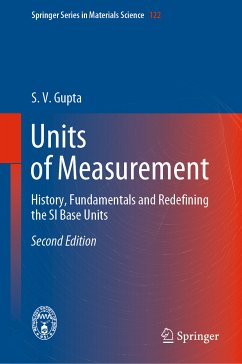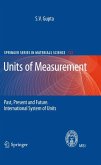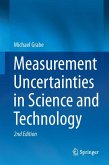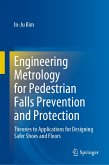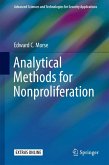This updated second edition is extended with timely new chapters discussing past efforts to redefine the SI base units as well as the most recent 2019 redefinitions based entirely on the speed of light and other fundamental physical constants. Additionally, it provides biographical presentations of many of the historical figures behind commonly used units of measurements, such as Newton, Joule and Ohm, With its accessible and comprehensive treatment of the field, together with its unique presentation of the underlying history, this book is well suited to any student and researcher interested in the practical and historical aspects of the field of metrology.
Dieser Download kann aus rechtlichen Gründen nur mit Rechnungsadresse in A, B, BG, CY, CZ, D, DK, EW, E, FIN, F, GR, HR, H, IRL, I, LT, L, LR, M, NL, PL, P, R, S, SLO, SK ausgeliefert werden.

